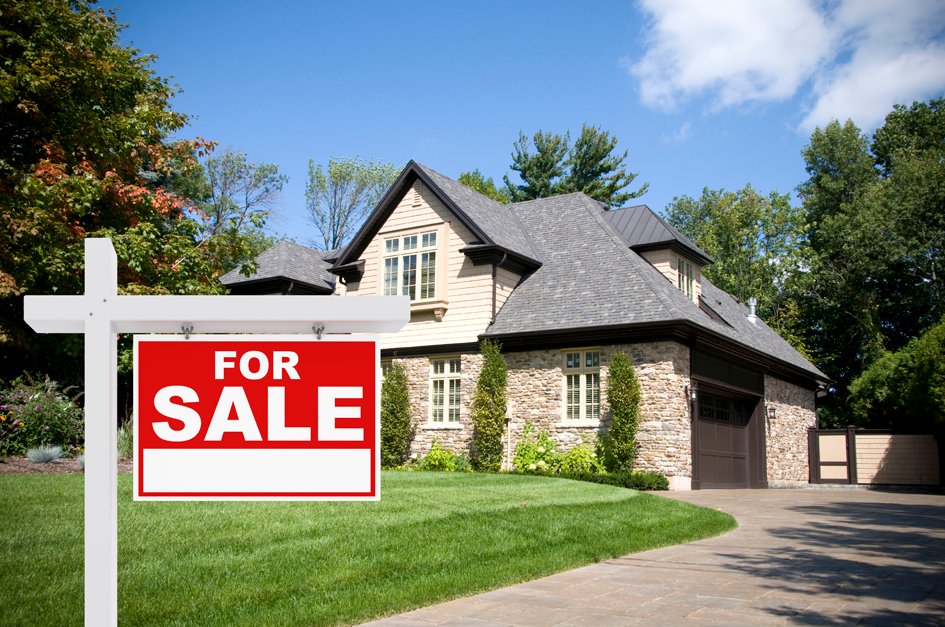
Types of Commercial Property for Sale
October 6, 2022
The Job of the Property Appraiser in Orange County, California
November 10, 2022Are US Home Prices Rising?
Buying a home can be a challenging process. Rising home prices make it even harder to purchase a home. According to Fannie Mae, home prices will increase by 16% in the next quarter, and MBA economists predict continued gains for the foreseeable future. By 2022, they are projected to rise 9.8% annually. By 2023, the average price of a single-family home will increase 2.8% annually.
Rents on single-family homes are up 14% from last year
Demand for single-family rental homes is soaring, driving prices to record highs. As a result, fewer rental units are available, and American renters are increasingly looking for more space and outdoor space. According to the latest CoreLogic Single-Family Rent Index, rents in the United States increased 14% year over year in April. This was nearly six times higher than growth expected for April 2020.
The single-family rental market is currently thriving despite a deteriorating single-family for-sale market. Despite the recent dip in rental prices, the industry is still looking fundamentally sound and poised for further growth. Moreover, the recent reset in mortgage rates and home prices has fueled demand for single-family rental homes, and the increasing affordability of these properties are making it easier for tenants to rent them.
Demographic shifts
Demographic shifts are a driving factor in the housing market, particularly among older homeowners. The trend is likely to be most pronounced in the Midwest and Northeast. While older homeowners still make up the bulk of the home buying population, younger homebuyers are also influencing the market.
While there are a number of factors contributing to home price increases, limited supply, low mortgage rates, and the aging population are the major factors. Another contributor is the shift to smaller cities in the south and west. These trends have boosted the median home price over the past few years.
Lack of affordable options
With home prices in the US soaring, many people are finding it difficult to find affordable housing options. According to a recent study, a third of all households were paying too much for their mortgage or rent. Moreover, nearly a quarter of all households spent more than half of their income on housing. The cost burden was greatest among households making $30-$45,000 and Black households.
The lack of affordable housing options is a major problem in cities across the US. Compared to the beginning of the housing crisis, the number of affordable homes fell by 400,000. In fact, there is only one affordable listing for every 65 households. Moreover, the home price increases didn’t translate into a rise in homeownership rates, which remained at about 65%.
Low mortgage rates
With mortgage rates near six percent, the housing market has been on an upward trajectory. That increased demand has led to bidding wars and higher home prices, but prices have now started to decline from their peaks. In July, the median existing home price dropped to $403,800 from $417,500 in June. That’s down a bit, but prices remain 10 percent higher than a year ago.
However, rising mortgage rates have also caused more buyers to pull out of transactions. Between May and August this year, 60,000 home purchase deals fell through. That’s nearly one in four homes that were under contract. That’s a dramatic decrease compared to the previous two months when rates were at an all-time low of 5.5%.


